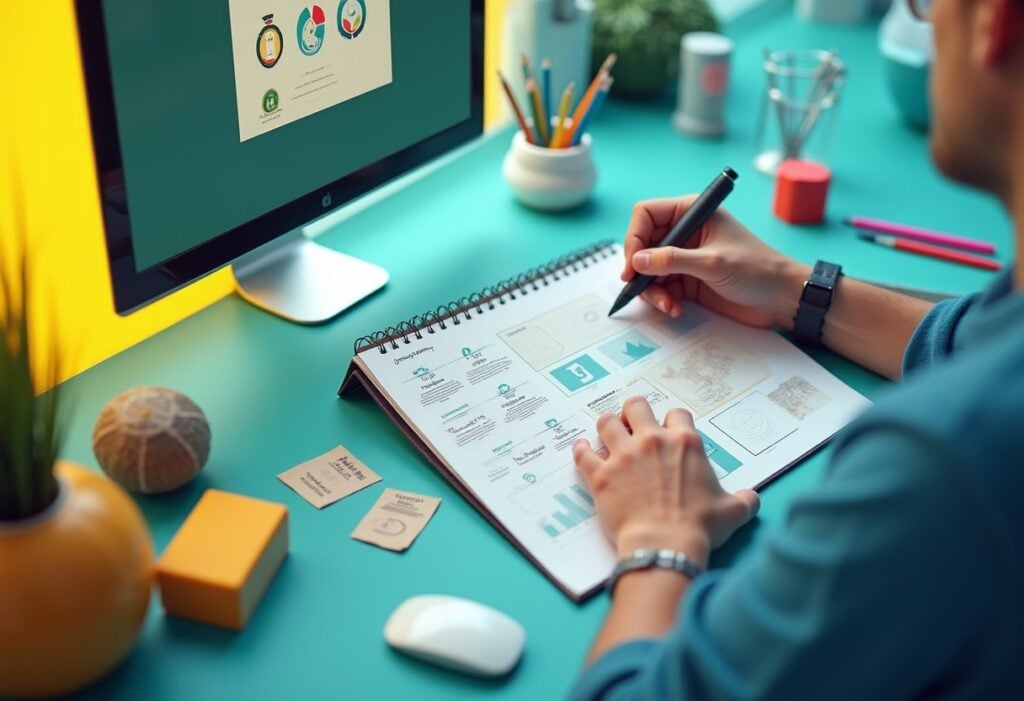How users perceive a website is paramount to its success; does it give them value? Is it easy to use? Is it enjoyable to use? These questions run through their subconscious as they interact with the web. If the answers are positive to these then it is likely that they’ll be converted into a regular user. Here we want to share with you some expert tips to User Experience (UX) driven design.You have probably guessed that User Experience (UX) is essentially how a person feels when interacting with a website, application or piece of software. The common theme here is that the User Experience involves a human interacting with a computer.It is a common mistake to base design on what the client wants and what a designer believes is aesthetically pleasing. This approach essentially means that we’re designing for ourselves and not the user. The end aim is to make sure that design and UX are entwined together – this picture sums up how a client centric design can be completely different to real life UX:
Naturally, the more feature rich or complex a website is likely to be the more planning there needs to be in the User Experience.
What are the 10 elements of user experience?
- Consider the different experience a mobile or tablet device will give the user (there are now more mobile internet users than desktop)
- Websites display differently in browsers and users often have older versions this needs careful consideration in the design phase
- Consider the internet connection speeds of your users, especially mobile – although huge high resolution images look amazing they’re pointless if the loading speed is frustrating for the user (if they load at all!)
- Budget will likely place time constraints on investment in UX. This limitation should force you to prioritise and execute more efficiently
- Humans are unique. Therefore don’t expect all users to behave in the same way. It is however possible to encourage certain behaviours and thus increase the percentage of users that have a positive UX
- Establish what the goals, values, processes, call to actions, products and information a user is like to interact with. User Experience dramatically differs from site to site because of the amount of variables
- Review the effectiveness of User Experience through the use of tools like Google Analytics – set objectives and then measure the success of these. The design can then be adapted according to these user results.
- Ensure user flows are developed to show how a user is likely to navigate through the website
- Create personas of your users in order to better understand what that user desires, is expecting from your site and why they are visiting.
- Think about the consistency so that the experience is intuitive and familiar. Style guides, brand consistency and User Interface kits are tools which aid UX.
Yellowball is a London Based SEO & Web Design Agency!









